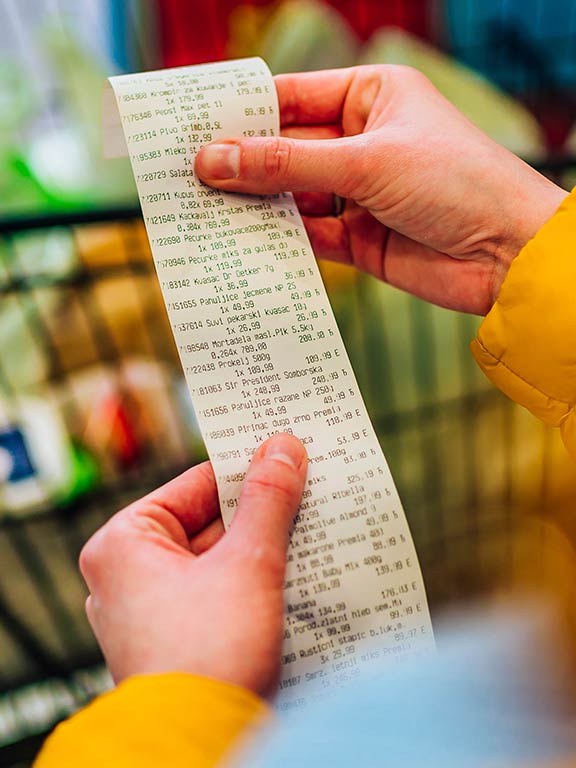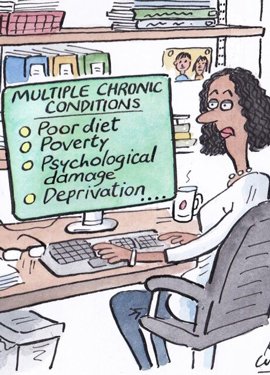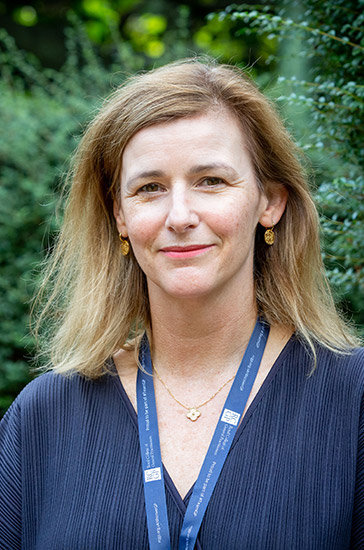
Last month saw the launch of the College’s latest exhibition, hosted at 30 Euston Square, exploring a history of health inequalities.
‘Unequal: Health and Society’ considers how social, economic and geographic inequalities have taken a toll on public health and examines the instrumental role primary care has played in identifying and addressing the consequences on patients.
At the launch, College President, Dr Richard Vautrey, explained how GPs have always been on the frontline of combatting the effects of health inequalities.
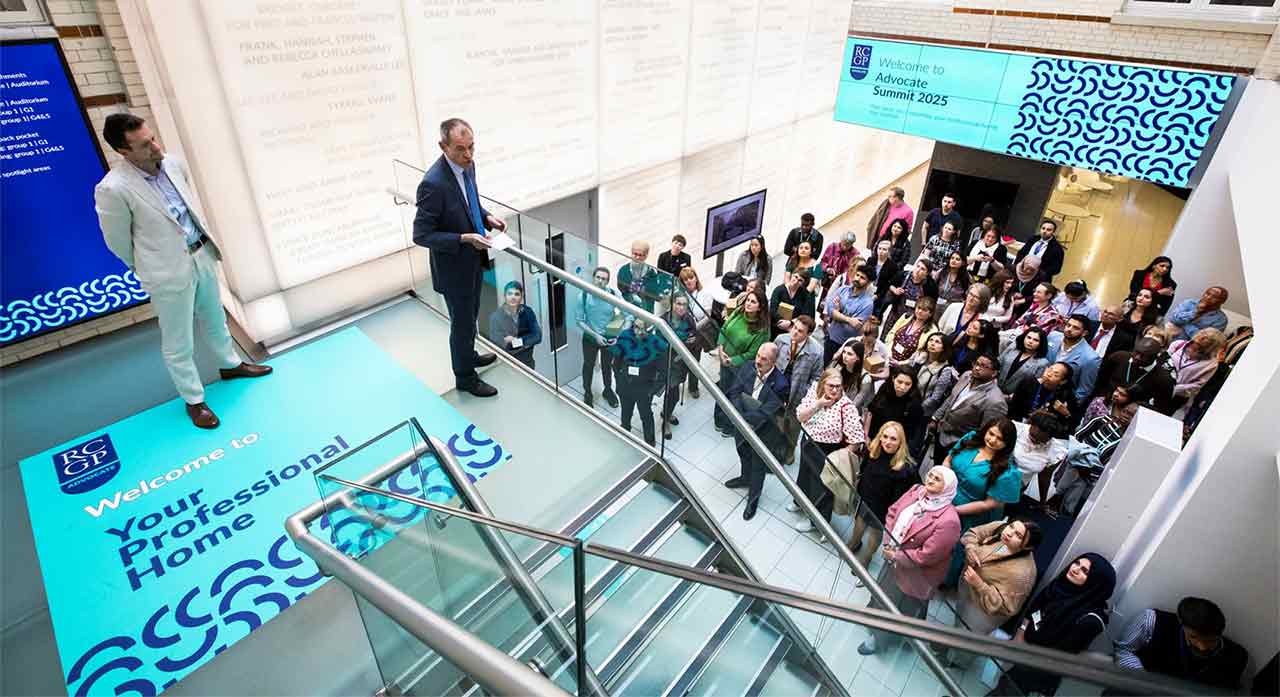
“For the past two hundred years, more often than not, we’ve been members of the community in which we work. We’ve been the first to recognise and then the first to challenge the consequences of inequities in healthcare...
“We need to draw strength from our collected values – building a more collective society – and ensure that every individual has access to the care they need.”
Sourced from the RCGP’s own archive, as well as collections lent by other medical royal colleges and the Museum of Homelessness, the artefacts on display range from the Victorian period to the present day.
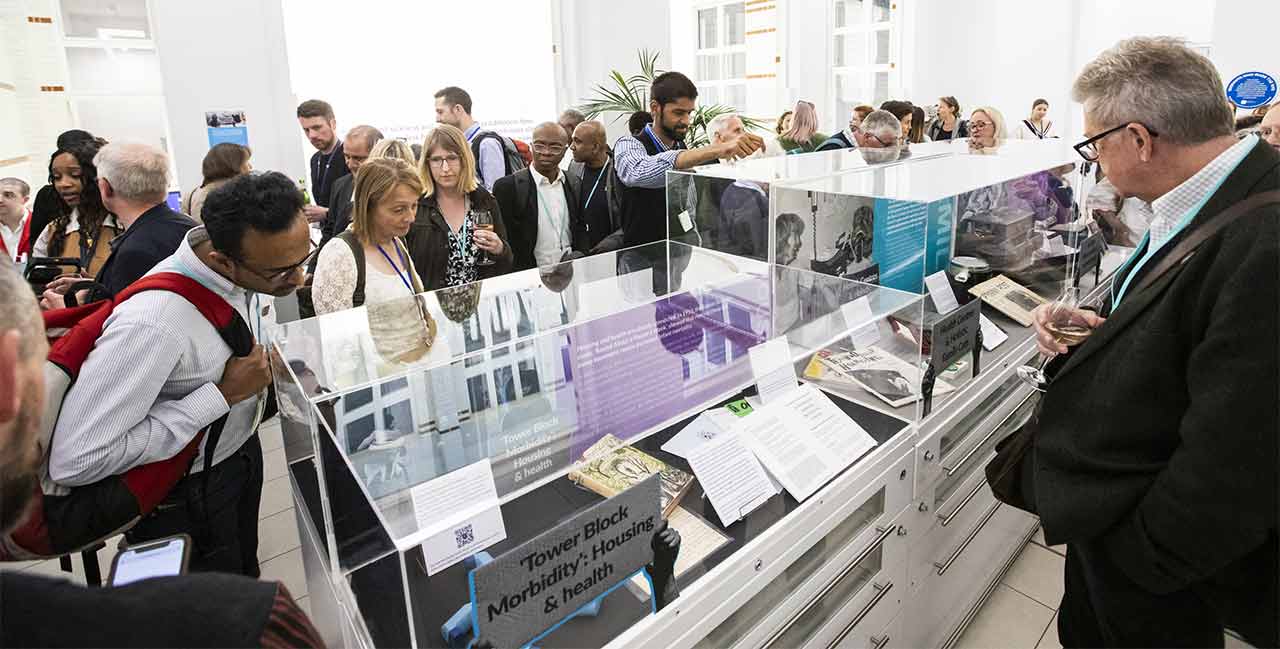
From the early 'vaccinator pins' used to treat smallpox and polio to a vile of Naloxone (the opiate blocker), they show the evolution of treatments, the progress that’s been made in providing care and the parallels that present days GPs face to those of the past.
One of the items on display is an early health inequality heat map: a street-by-street investigation of London poverty made as part of Charles Booth’s ‘Inquiry into Life and Labour in London’, first begun in 1886. Booth was a prominent Victorian social reformer and the curation points out the startling similarities that his maps have to those detailing London’s Covid mortalities.
Included too are items showcasing the academic work undertaken in the twentieth century to address the public health crises that lingered from the Edwardian period: the Black Report, commissioned by the Labour Government in 1977 to investigate the health outcomes across social classes, uncovering significant disparities in access to health services by social groups; and an original copy of the 1971 publication of Dr Julian Tudor Hart’s Inverse Care Law in The Lancet, highlighting how good medical care tends to vary inversely to need.
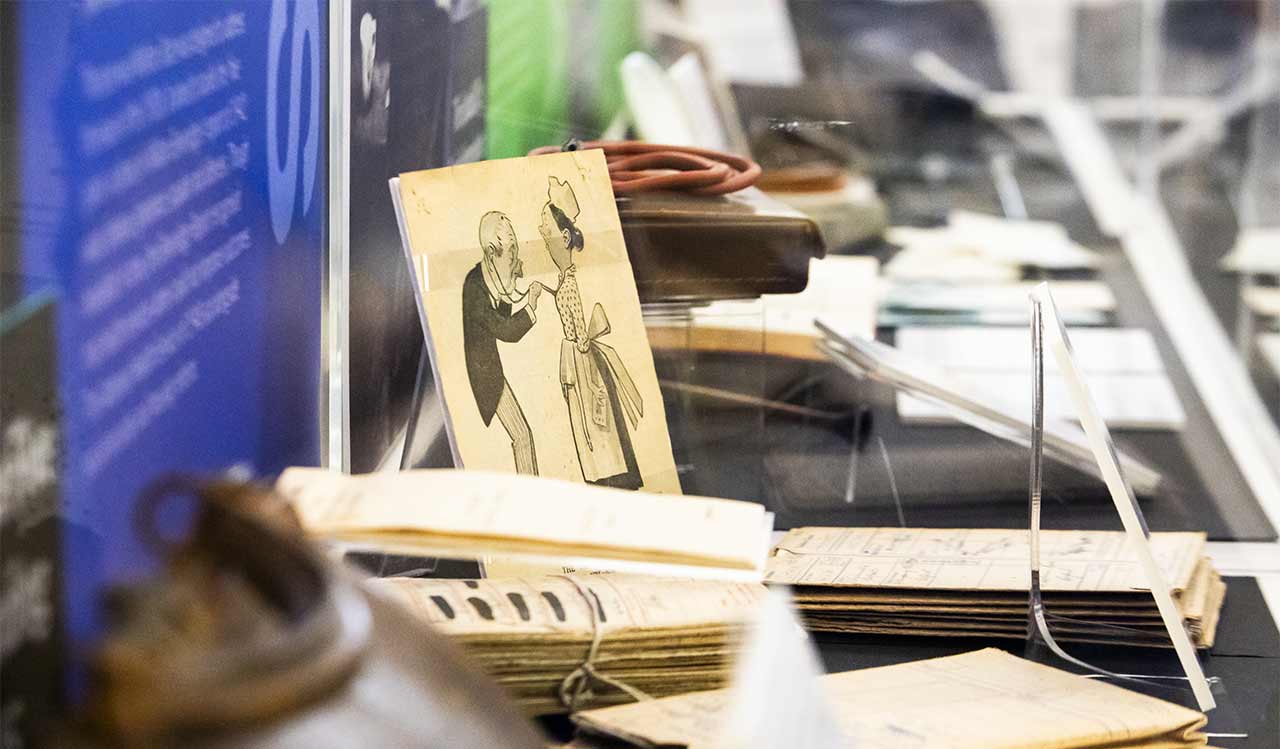
The exhibition personalises advancements that have been made with first-hand accounts from GPs who were instrumental in the fight against health inequalities, including Tudor Hart, David Widgery and Mollie McBride, among others.
In a speech at the launch, Dr Dom Patterson – Chair of the College’s health equity special interest group – summarised the human focus of the exhibition: “there’s a lot of remarkable evidence and statistics in this exhibition but behind each of these stats is a person. We must not lose sight of the fact that everything we do to improve inequalities in access to treatment will improve a person’s quality of life.”
The exhibition’s focus is not solely on the past. It also emphasises the importance of ongoing work by GPs to address health inequalities. In particular, the Deep End project, established first in Scotland and since branching out to other parts of the UK, which creates networks of GP surgeries in socio-economically deprived areas so they can share experiences of the challenges and propose potential solutions to persistent health inequalities.
Special mention and welcome was also paid by Richard to Professor Brian Jarman – creator of the Under Privileged Area score which identifies the areas with the greatest need for GPs and where they are most under pressure – for his involvement in curating the exhibit, as well as his long career as a primary care academic and his contributions to the study of health inequalities.
While the exhibition is fundamentally a celebration of the advancements that have been made, it poses an important question – how can GPs tackle the health inequalities and public health crises the UK faces today?
‘Unequal: Health and Society’ can be viewed by members in the foyer of the College’s headquarters at 30 Euston Square.
Read more
Thank you for your feedback. Your response will help improve this page.

